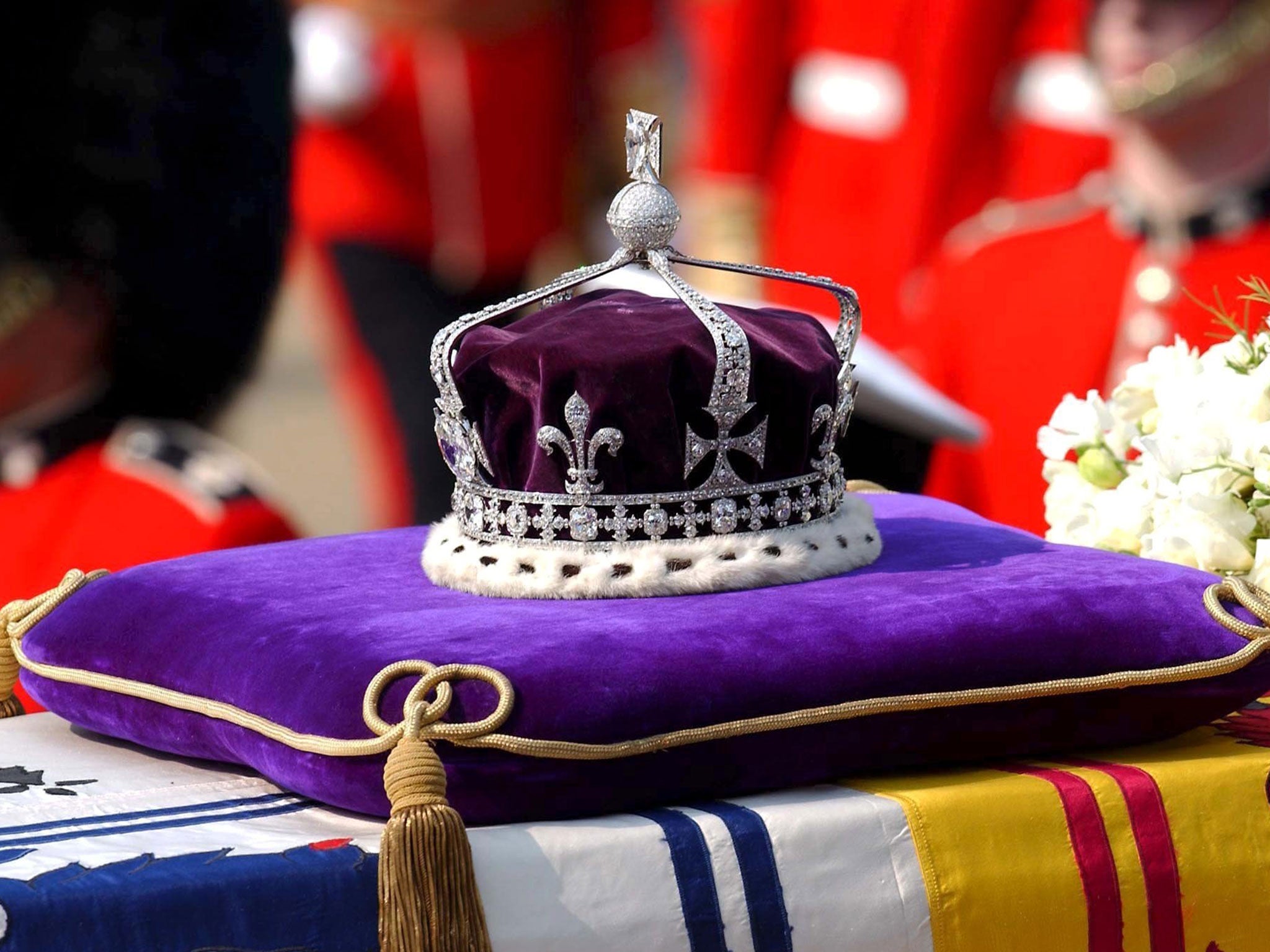Koh-i-Noor diamond was not stolen by British colonial rulers after all, Indian government says
Palace describes huge gem as 'the most famous diamond in the Crown Jewels' and 'the spoils of Empire'

Your support helps us to tell the story
From reproductive rights to climate change to Big Tech, The Independent is on the ground when the story is developing. Whether it's investigating the financials of Elon Musk's pro-Trump PAC or producing our latest documentary, 'The A Word', which shines a light on the American women fighting for reproductive rights, we know how important it is to parse out the facts from the messaging.
At such a critical moment in US history, we need reporters on the ground. Your donation allows us to keep sending journalists to speak to both sides of the story.
The Independent is trusted by Americans across the entire political spectrum. And unlike many other quality news outlets, we choose not to lock Americans out of our reporting and analysis with paywalls. We believe quality journalism should be available to everyone, paid for by those who can afford it.
Your support makes all the difference.India could be set to abandon its claim to “the most famous diamond in the Crown Jewels” after its government said the huge gem was given as a gift to Britain rather than stolen.
Campaigners have for decades been calling for the 105-carat Koh-i-Noor diamond to be given back to India as partial reparation for Britain’s colonial past.
The diamond forms part of the crown worn by the late Queen Mother, and is described on the website of the royal palaces as “the spoils of Empire” with “a long and bloody history”.
In a Supreme Court hearing on Monday over the latest case demanding the jewel be returned to India, the government of prime minister Narendra Modi said the claim should be relinquished because it was given voluntarily as a gift for Queen Victoria by an Indian king, Maharaja Ranjit Singh, in 1851.
“It was neither stolen nor forcibly taken away,” solicitor general Ranjit Kumar said.
The declaration comes less than a week after the Prince William and the Duchess of Cambridge visited Mr Modi as part of a stay in India.
The crown in which the Koh-i-Noor is set will be passed to the Duchess to be used for official occasions when William takes to the throne and she becomes queen consort.
The government’s declaration is unlikely to deter all Indian campaigners, however, who rank the diamond as just one of many artefacts taken from the country during British rule.
Nafis Ahmad Sidd told the Reuters news agency: “The British rulers looted India and the government is making a mistake by not supporting our claims.”
David Cameron was last asked about the diamond during a visit to India in 2010, when he said the jewel was unlikely to be leaving Britain.
He said: “What tends to happen with these questions is that if you say yes to one, then you would suddenly find the British Museum empty.”
Join our commenting forum
Join thought-provoking conversations, follow other Independent readers and see their replies
Comments